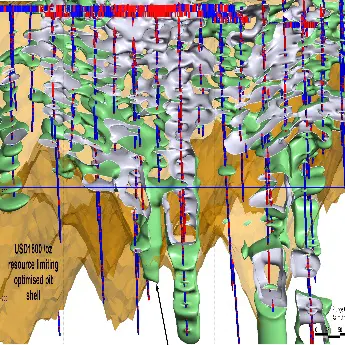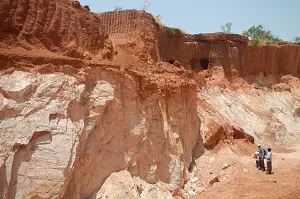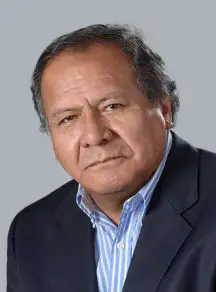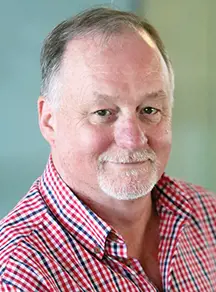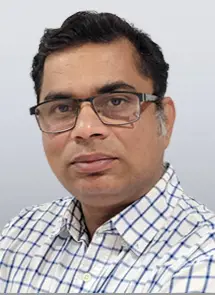He earned his PhD in Mining Engineering from Istanbul Technical University in 2014.
In 2015, he joined Simon Fraser University and became involved with the HiveMap project, which addresses real-world problems in the mining industry. Emre's dedication to HiveMap led him to join SRK in 2020, where he values real-time feedback from a highly technical team of users.
Emre has extensive experience in underground mine planning, slope stability analysis and remote sensing. He has developed innovative software and equipment, including tools for discrete fracture networks and RQD analysis and a 3D scanner for joint roughness measurements.
His latest interest lies in using mixed and virtual reality technology to enhance rock mass data collection and structural mapping.

